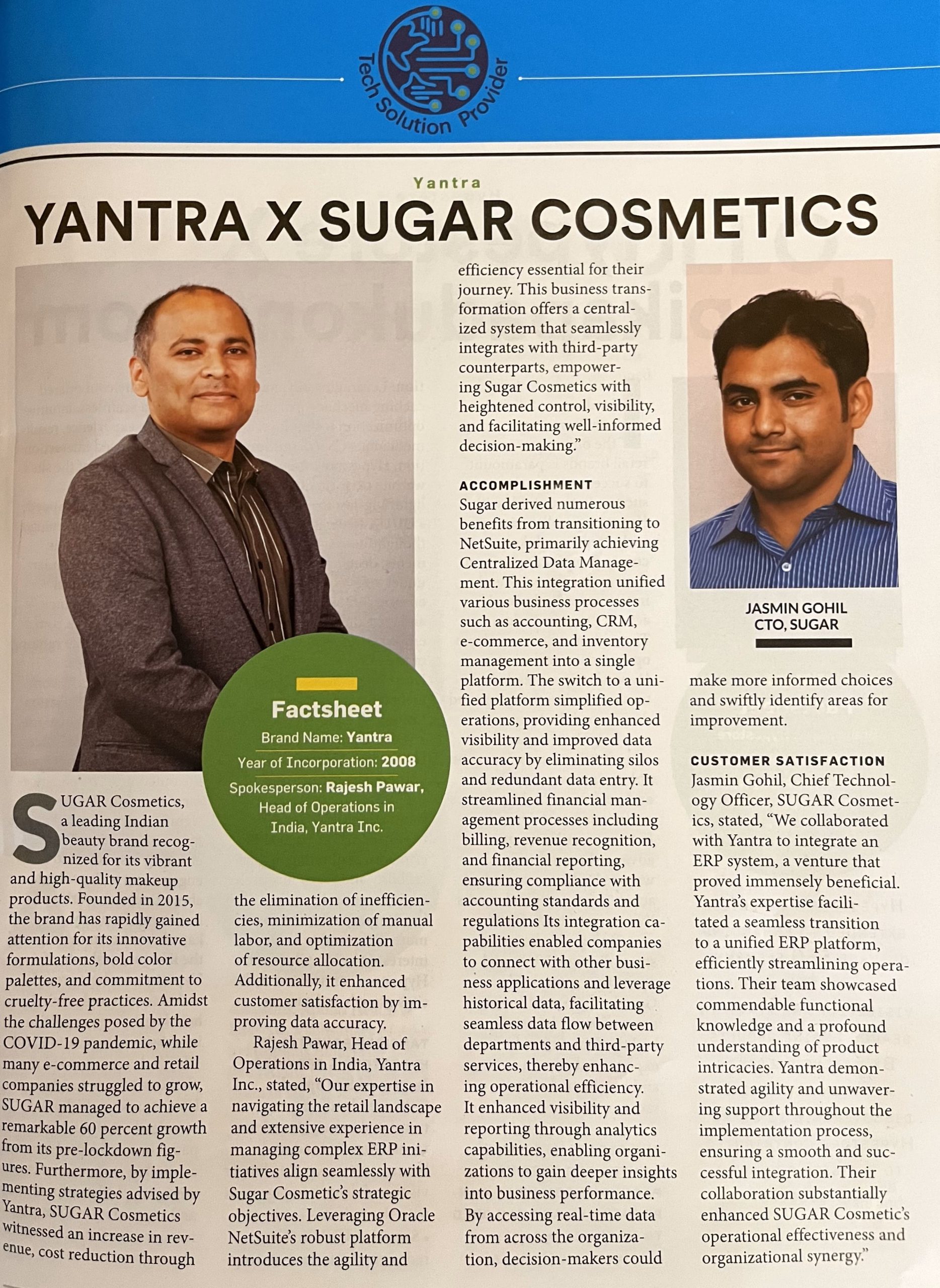Customer Success and Analytics – A match made in heaven
The past few years have witnessed a couple of trend switch-ups – customer service has given way to customer experience which has in turn given way to customer success. Each term is wider and more strategic than its predecessor. Also, companies are increasingly leaning on analytics to reduce churn, optimize onboarding, and streamline their businesses and beyond. Digital transformation, especially post Covid-19, has necessitated a burgeoning amount of data to be leveraged strategically, right from legacy systems to current ERP, payroll, supply chain, CRM, billing, account management, and others.
Today, data analytics has the potential to drive the biggest multidisciplinary aspect of successful businesses: customer success. Digital transformation Companies have realized that the art of delivering a personalized experience at scale throughout a customer lifecycle is key. And this is rooted in analytics that can represent and guide steps to ensure positive outcomes for the customer.
How Does Analytics-Driven Customer Success Work?
A leading global apparel brand recently hired one of the biggest strategic consulting companies to guide its digital transformation journey. There was one ultimate deliverable: provide actionable insights to drive ‘real’ business success. The consultants thus had one big task – to make their analytics solutions aligned to customer success.
Another example is one of the largest global banks. They no longer have customer service representatives. They have been replaced by or transformed into customer success champions.
They no longer just resolve issues or service the customer. They upsell, cross-sell and retain. Data, customer success, and digital transformation utopia, in short. Well, almost ?
A successful business model will want to minimize customer churn, and the solution is in data analytics. Predictive models of churn, deeper insights on causes behind churn – analytics has you covered. With reduced customer churn, there’s a gold mine of upselling and cross-selling opportunities that will simultaneously grow the business.
A couple of decades ago, if an industry leader was told that he/she could accurately predict a customer’s future choices and their willingness to buy, that would be dismissed as a pipe dream. Today, with data analytics driving customer loyalty and retention, it is quite the norm!
Analytics helps piece together a customer’s buying tendencies and preferences by collecting information from several data points. In a way, it mimics our brain which converts disparate bits of information into linear and cohesive thoughts and memories by connecting firing neurons. E.g. to identify a product with the highest potential ARR, you must go back to the product forecast reports in your database.
How to Improve a Data-Driven Customer Success Strategy?
First and foremost, gauge where your business model currently stands i.e. analyze the maturity level. The next crucial step is to gather ample data and organize it. You must have Customer Relationship Management (CRM) data for the period of time they have been your customer, expenses on your product, and customer usage data like frequency of preferred features, and time to resolve their concerns, to name a few. Analyze the data to locate accurate drivers for customer behavior. Then move to descriptive analytics to find the main indicators of prospective leads. Follow it up with prescriptive analytics for actionable insights to achieve positive outcomes. Lastly, predictive analytics will predict the events in a customer’s future and hence possible outcomes.
Analytics should be a confluence of business acumen, statistical overlay, and strategic insights. Customer Success operations often fail due to a lack of cross-functionality of siloed data. Thus, a secure internal alignment across diverse teams is vital to prevent potential risks and delays. Nowadays, with the integration of data scientists and customer success teams, businesses have consistently been seeing increased profitability and applicability.
What is the takeaway?
Many companies have realized that customer-retention optimization precedes conversion optimization in importance. According to SmartKarrot.com, analytics-driven customer-success operations lead to a 93% more annual boost in retention rates and an even greater one in net promoter scores. So, in today’s world, if you want to establish a successful customer success program, the secret sauce is effective data analytics with actionable insights.



